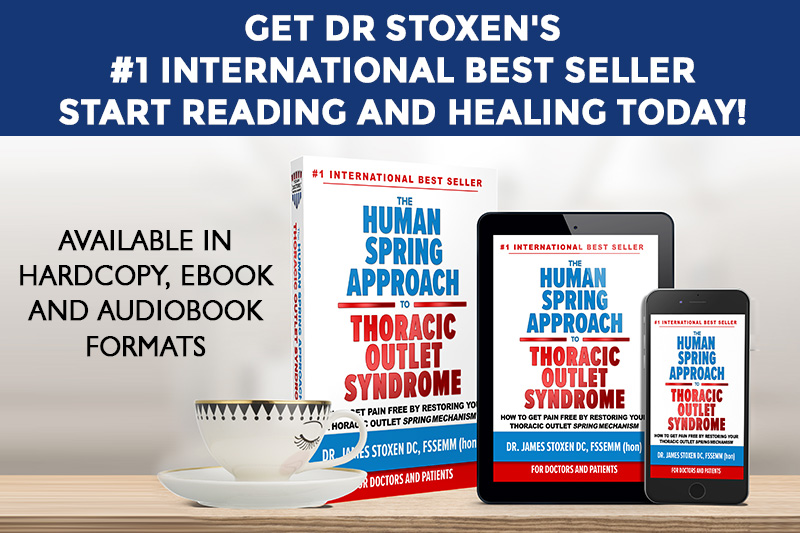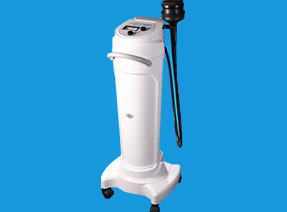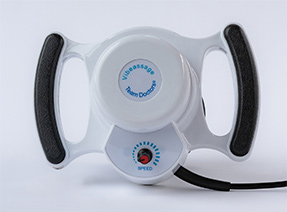THE HUMAN SPRING APPROACH TO
THORACIC OUTLET SYNDROME
by Dr James Stoxen DC., FSSEMM (hon) FWSSEM
GLOSSARY
L
labral tear – a tear of the ring of cartilage, called the labrum that follows the outside rim of the shoulder or hip socket.
labyrinthine righting reflex (righting reflex) – a reflex that corrects the orientation of the body when it is taken out of its normal upright position.
lactic acid – a colorless syrupy organic acid formed in sour milk and produced in the muscle tissues during strenuous exercise.
Lamotrigine – anticonvulsive drug that has been tried for the nerve pain.
latent trigger point – a focus of hyperirritability in a muscle taut band that is clinically associated with local twitch response and tenderness and/or referred pain upon manual examination.
laws of nature – a principle or body of laws considered as derived from nature, right reason, or religion and as ethically binding in human society.
laws of physics – a law of physics is a law that states how the world works. Physical laws are typically conclusions based on repeated scientific experiments and observations over many years and which have become accepted universally within the scientific community.
leaf spring – a spring made of a number of strips of metal curved slightly upward and clamped together one above the other.
lever – a rigid bar resting on a pivot, used to help move a heavy or firmly fixed load with one end when pressure is applied to the other.
lever mechanism – a simple machine consisting of a rigid bar pivoted on a fixed point and used to transmit force, as in raising or moving a weight at one end by pushing down on the other.
lever series model – a model of human movement or biomechanics that believes movement comes from a series of levers.
lever-resistance exercises – exercises using levers as the resistance.
Lidocaine – a crystalline compound C14H22N2O that is used in the form of its hydrochloride as a local anesthetic and as an antiarrhythmic agent.
light touch (thigmesthesia) – is used as a screening test for touch
limb threatening – (critical limb ischemia (CLI, limb threat) – an advanced stage of peripheral artery disease (PAD).
long thoracic nerve (external respiratory nerve of Bell, thorasicus longus nerve, posterior thoracic nerve) – the nerve that supplies the serratus anterior muscle. This nerve is susceptible to damage during surgery to decompress the thoracic outlet. If it gets cut it may result in winging of the scapula.
long thoracic nerve injury/dysfunction – injury to the long thoracic nerve causing paralysis or weakness of the serratus anterior. If it gets cut it may result in winging of the scapula.
long-term anticoagulation – commonly used to prevent thromboembolism in patients with medical conditions such as atrial fibrillation and venous thromboembolism (VTE) (deep venous thrombosis [DVT] or pulmonary embolism).
lung infarction (pulmonary infarction) – occurs when a section of lung tissue dies because its blood supply has become blocked.

Meet Dr James Stoxen DC., FSSEMM (hon)
President, Team Doctors® Masters Academy
www.drstoxen.com
Dr Stoxen’s Curriculum Vitae
ARTICLE CATEGORIES

READ THESE CHAPTERS OF DR STOXENS BOOK FREE HERE!
VIDEO TUTORIALS
Subscribe to our newsletter
Team Doctors® Master’s Academy
Professional Development Courses
Launching January 1, 2022!
Team Doctors® Master’s Academy
Patient Self-Care Workshops
Launching January 1, 2022!


















